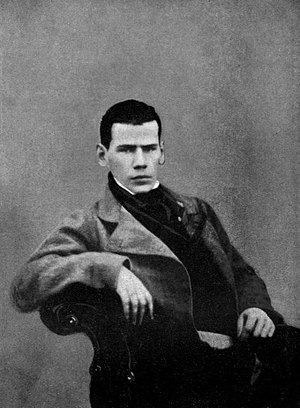Pain Management - Oncology News Article | Onabotulinumtoxina for treatment of focal cancer pain after surgery and/or radiation |4134185
Pain Management - Oncology News Article | Onabotulinumtoxina for treatment of focal cancer pain after surgery and/or radiation |4134185
Excerpt:
Pain Medicine, 07/17/2012 Clinical Article
Mittal S et al. – Local treatment with onabotulinumtoxinA can significantly reduce pain and improve quality of life in cancer patients suffering from pain in the area of surgery and radiation and was well tolerated in cancer patients.
Methods
Authors studied the effect of onabotulinumtoxinA in seven cancer patients who suffered from severe focal pain (visual analog scale >5) at the site of local surgery or radiotherapy or both.
OnabotulinumtoxinA (20–100 units) was injected into the focal pain areas (skin or muscle or both).
Five of seven patients were followed beyond 1 year (1.5–5 years) with repeat treatment.
Results
All seven patients reported a significant improvement in pain (mean drop in visual analog scale score of 5.1).
They described their response on the patient global assessment as satisfactory (two patients) or very satisfactory (five patients).
Six of seven patients found the pain relief associated with significant improvement in quality of life.
One patient developed weakness of jaw muscles after bilateral masseter injection that was not observed during second injection (reduced dose).
Improvements with treatment persisted with repeat injections during long–term follow–up (five patients). "
















